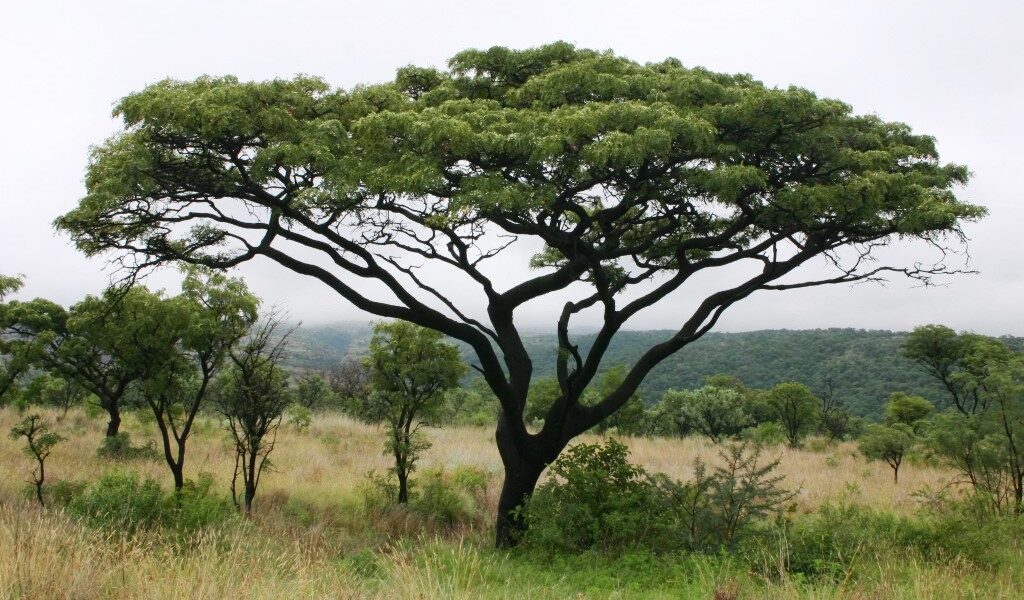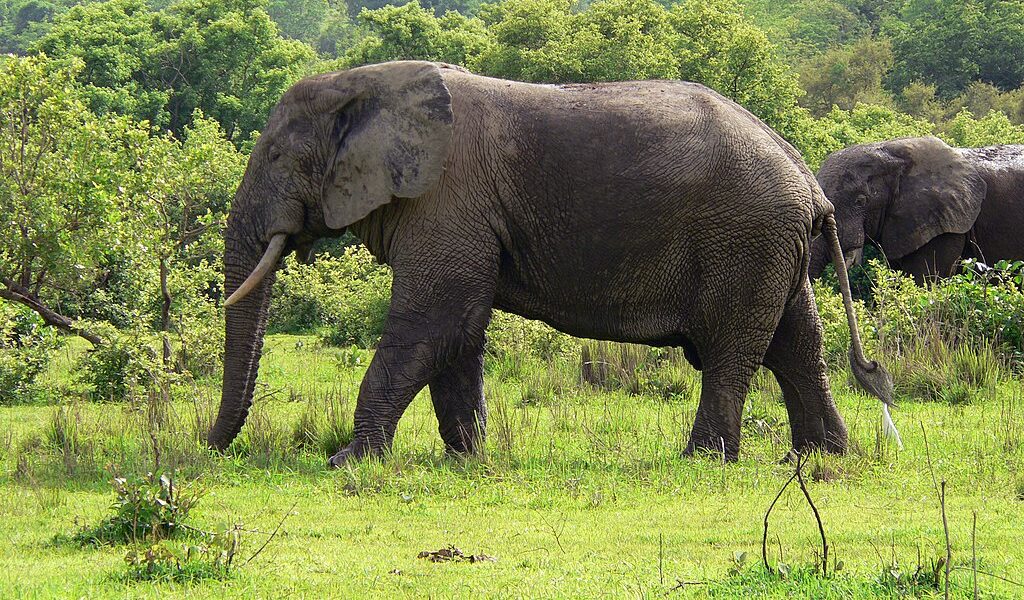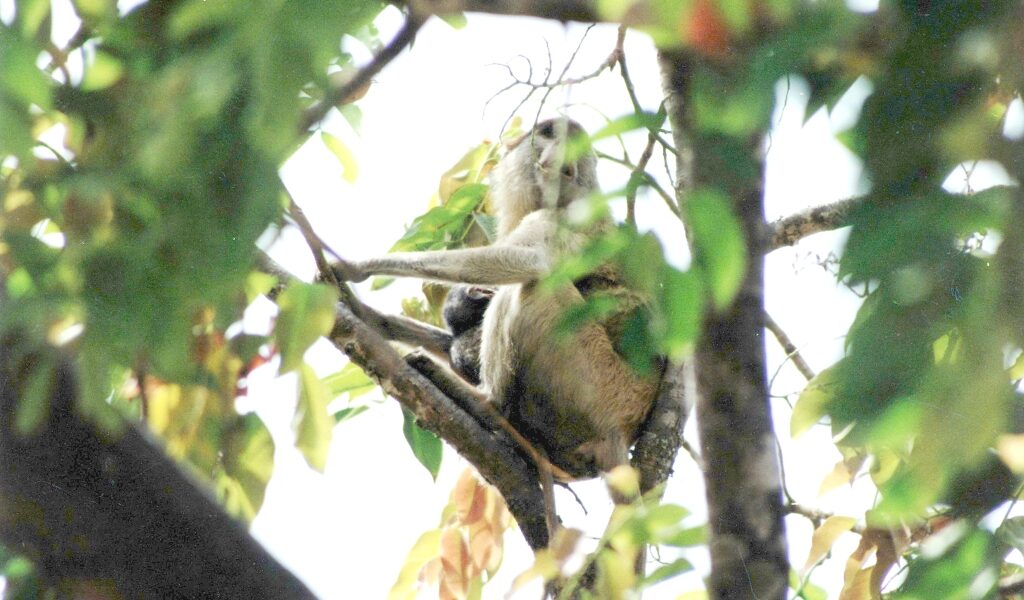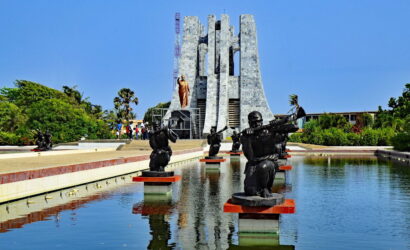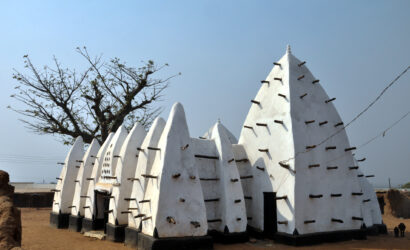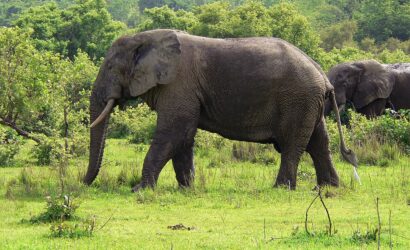Overview
One of Ghana’s seven national parks, Mole National Park is the largest wildlife refuge in the nation. It encompasses a region of roughly 4,840 square kilometers of largely unaltered Guinea savannah in Ghana’s northern region. At a height of 50 meters, the park is situated in Ghana’s Savannah region among riparian and savanna ecosystems. The nearby town of Larabanga is where you enter the park. During the protracted dry season, the Levi and Mole Rivers, which flow through the park, only leave behind drinking holes. In 1958, the park’s lands were designated as a wildlife refuge. The area’s small human population was relocated, and the site was given national park status in 1971. A relatively unaltered Guinea Savannah habitat, Mole National Park is characterized by open savannah woods. The park has an abundance of plants and animals. There are more than 93 different types of mammals, 400 different bird species, 9 amphibians, 33 reptiles, many insectivorous species, and 5 endemic butterfly species. Elephant, Buffalo, Kob, Western Hartebeest, Roan Antelope, Defassa Waterbuck, Oribi, Bohor Reedbuck, and Red-flanked Duiker are among the species of particular interest. Rare and imperiled species like the Black and White Colobus monkey and Yellow-backed Duiker can be found in the riverine woodlands. The reserve is home to three significant large carnivores: the lion, leopard, and hyena. Since both black and red hue variations of the buffalo exist in the Dark, the number of these animals is of tremendous scientific interest.

